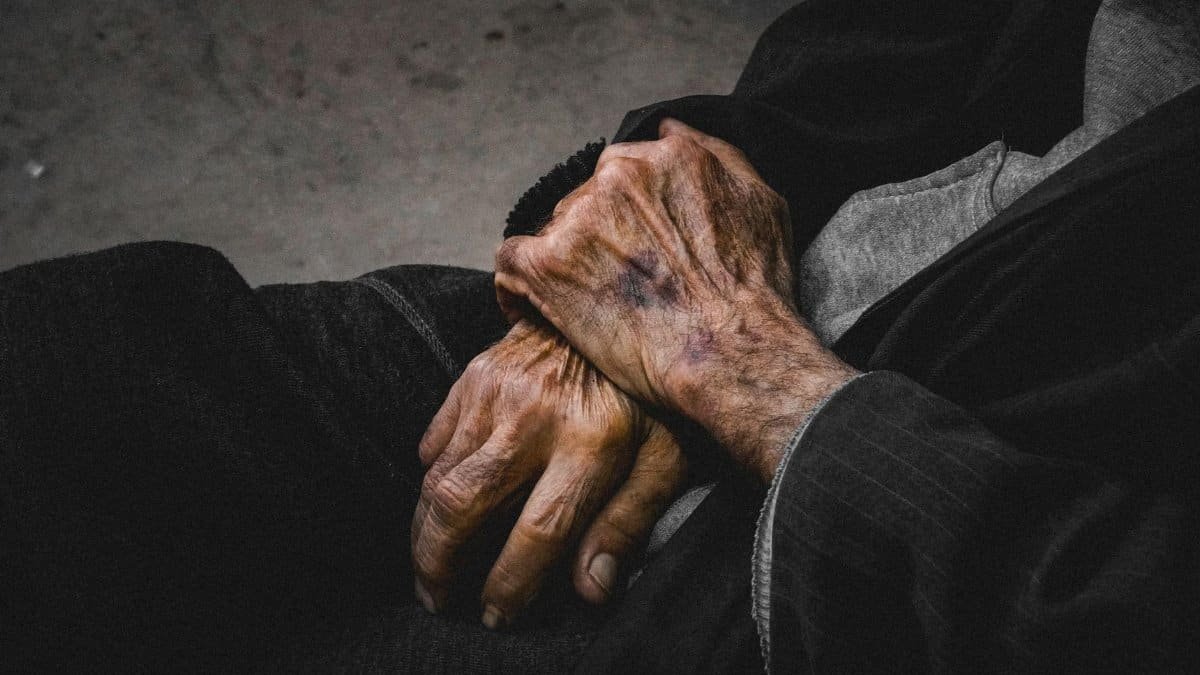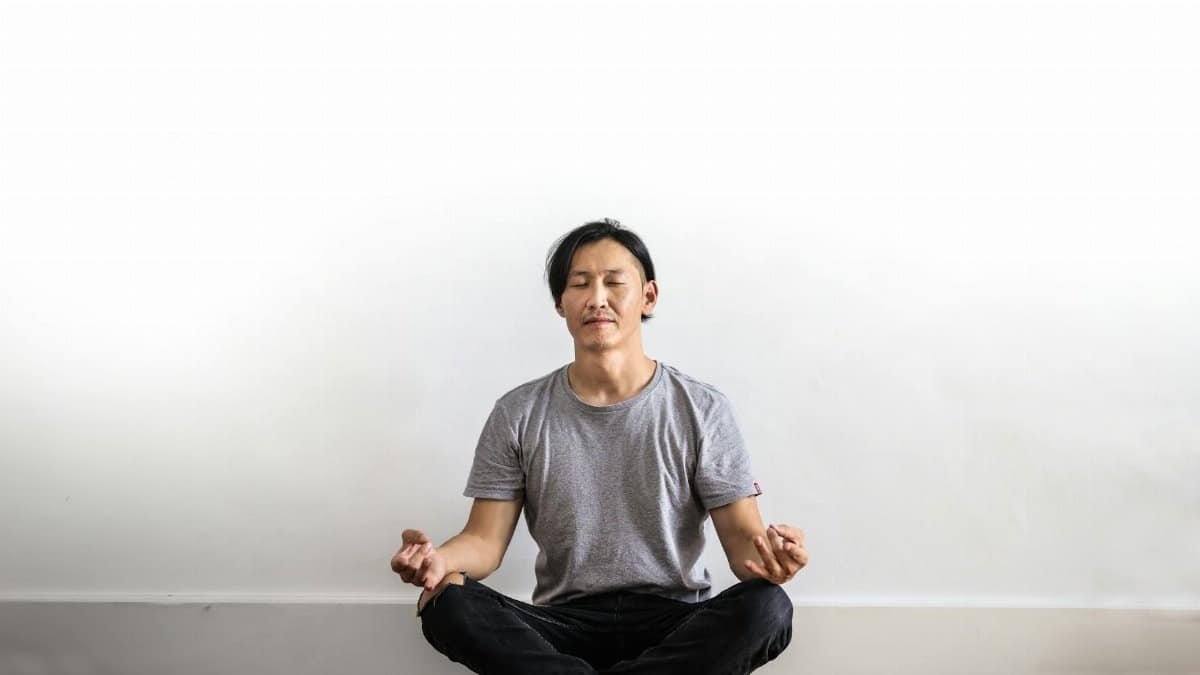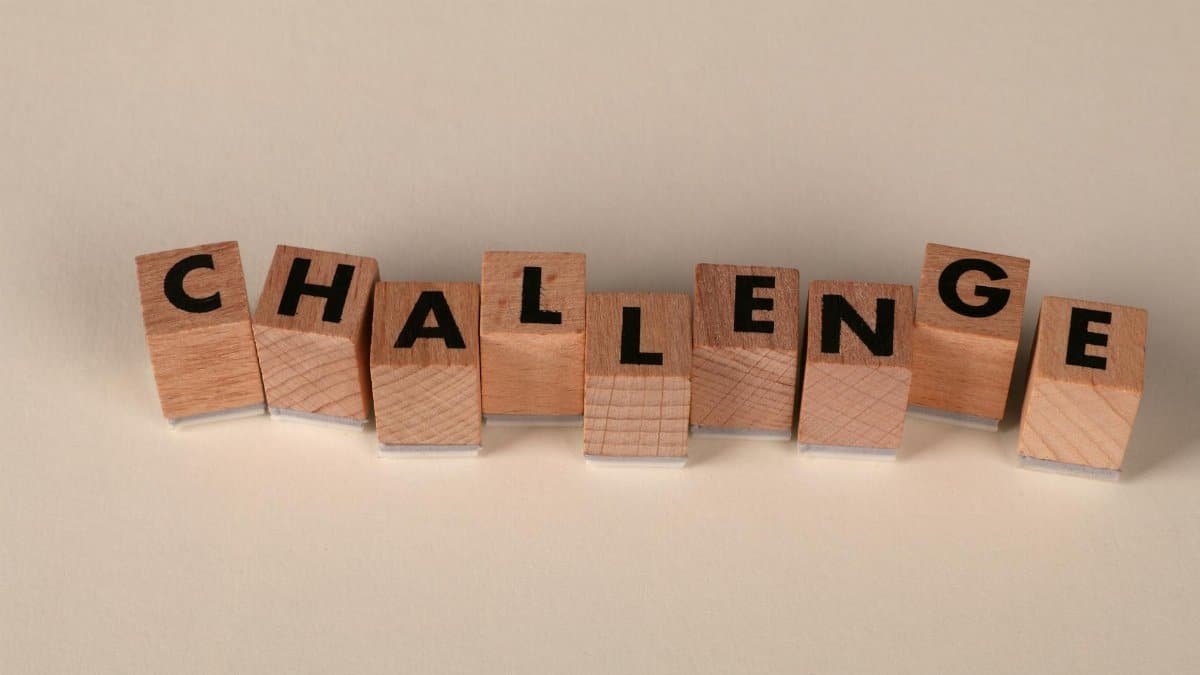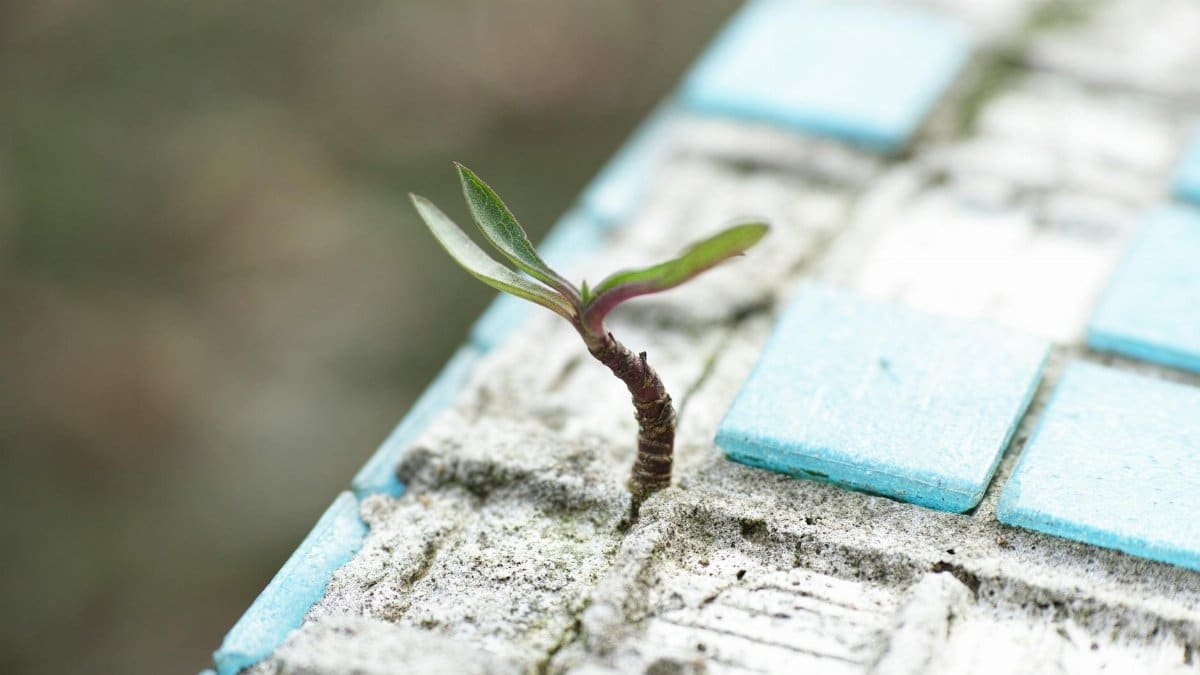In a world that never slows down, resilience presence offers a lifeline. Simply put, resilience presence is the mindful practice of staying grounded in your inner strength during chaos, allowing you to reconnect with your ability to endure and thrive. It matters because, amid rising stress levels from economic pressures and global uncertainties, more Americans are turning to this approach for mental stability. Experts say it’s not about ignoring problems but facing them with calm awareness. As life feels overwhelming in 2025, embracing resilience presence could be the key to reclaiming control without burning out.
What Is Resilience Presence Exactly?

Resilience presence combines elements of mindfulness and psychological resilience. It’s the intentional act of being fully present with your emotions and capabilities, even when everything around you spirals. Unlike fleeting motivation, this practice builds a steady foundation. Psychologists describe it as tuning into your body’s signals and mental fortitude, creating a buffer against burnout. In everyday terms, it’s like pausing during a storm to remember you’ve weathered worse. This concept draws from cognitive behavioral techniques, helping people navigate daily stressors more effectively.
Why We’re Losing Touch with Our Resilience

Modern life bombards us with distractions. Social media, work demands, and constant news cycles erode our natural resilience. A 2023 survey by the American Psychological Association found that 76% of adults reported increased stress, leading to feelings of helplessness. When overwhelmed, we often disconnect from our inner resources, opting for quick fixes like scrolling or avoidance. This disconnection amplifies anxiety, making small issues feel insurmountable. Resilience presence counters this by encouraging a return to self-awareness, reminding us that strength isn’t external—it’s already within.
Signs You Need to Reconnect

Feeling constantly drained? That’s a red flag. Other indicators include irritability, procrastination, or a sense of numbness toward challenges. If minor setbacks trigger major emotional responses, your resilience might be offline. Physical symptoms like headaches or insomnia often tag along. In 2025, with hybrid work blurring boundaries, these signs are rampant. Recognizing them early allows for intervention. Resilience presence starts with self-check-ins: Ask yourself, “What am I feeling right now, and how can I respond steadily?”
Simple Steps to Cultivate Presence

Start small. Begin with five minutes of deep breathing each morning. Focus on your breath to anchor yourself in the moment. Next, journal about past triumphs—remind yourself of times you’ve bounced back. Incorporate body scans: Lie down and mentally note areas of tension, releasing them consciously. These steps build resilience presence gradually. Research from American Psychological Association on Resilience supports mindfulness practices for enhancing emotional durability. Consistency turns these habits into a reliable toolkit.
Incorporating Mindfulness Techniques

Mindfulness is the backbone of resilience presence. Try guided meditations via apps, focusing on themes of strength and acceptance. Visualization works too: Imagine yourself as a sturdy tree bending in the wind but not breaking. Pair this with gratitude exercises, listing three things you’re resilient about daily. Studies show these methods reduce cortisol levels, per findings from Harvard Medical School. They’re accessible and don’t require fancy equipment—just commitment. In busy 2025 schedules, even micro-practices like mindful walking can reconnect you with your core resilience.
Overcoming Common Obstacles

Doubt creeps in easily. Many struggle with self-criticism, thinking they’re not “resilient enough.” Combat this by reframing failures as learning opportunities. Distractions are another hurdle; set boundaries like phone-free zones. If trauma lingers, professional help might be needed—therapists often integrate resilience-building into sessions. A report from the CDC on Coping with Stress highlights how addressing barriers head-on prevents chronic overwhelm. Patience is key; reconnection isn’t instant but accumulates over time.
The Role of Community and Support

You’re not alone in this. Joining support groups or talking with friends fosters shared resilience. Online forums dedicated to spiritual growth offer tips on presence practices. In the U.S., community centers and wellness retreats increasingly emphasize these themes. Sharing stories normalizes struggles and inspires action. Experts note that social connections amplify personal resilience, creating a network effect. In 2025, with mental health awareness peaking, leveraging community can make reconnecting feel less isolating and more empowering.
Real-Life Impacts and Stories

Take John from Chicago, who hit rock bottom after a job loss. By practicing resilience presence through daily affirmations, he rebuilt his confidence and landed a better role. Similar accounts flood wellness blogs. Data from Pew Research indicates that 40% of Americans engaging in mindfulness report improved stress management. These outcomes show tangible benefits: better sleep, sharper focus, and stronger relationships. It’s proof that reconnecting isn’t abstract—it’s transformative for everyday life.
Long-Term Benefits for 2025 and Beyond

As uncertainties loom, resilience presence equips you for the long haul. It fosters adaptability, crucial in a fast-changing world. Regular practice leads to lower anxiety rates and higher life satisfaction, according to longitudinal studies. In the U.S., trends point to more workplaces offering resilience training. Embracing this now positions you to handle future challenges with grace. It’s not a trend; it’s a sustainable shift toward inner peace amid external noise.
Maintaining Your Practice Daily

Make it routine. Set reminders for presence checks throughout the day. Track progress in a journal to see patterns. Adjust as needed—if mornings don’t work, try evenings. Integrate it with hobbies like yoga or reading. Over time, resilience presence becomes second nature, turning overwhelm into opportunity. With commitment, you’ll notice life feeling less “too much” and more manageable, one mindful moment at a time.
